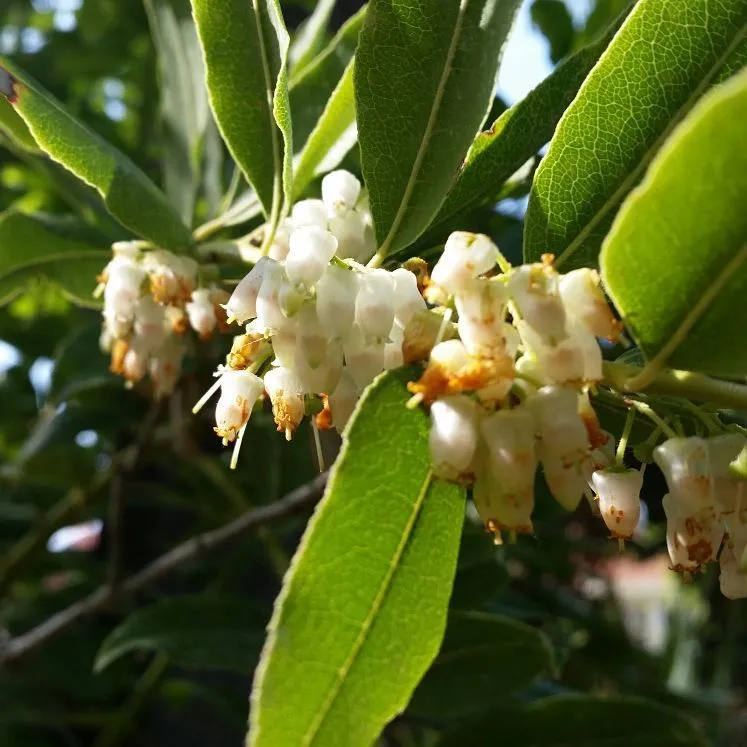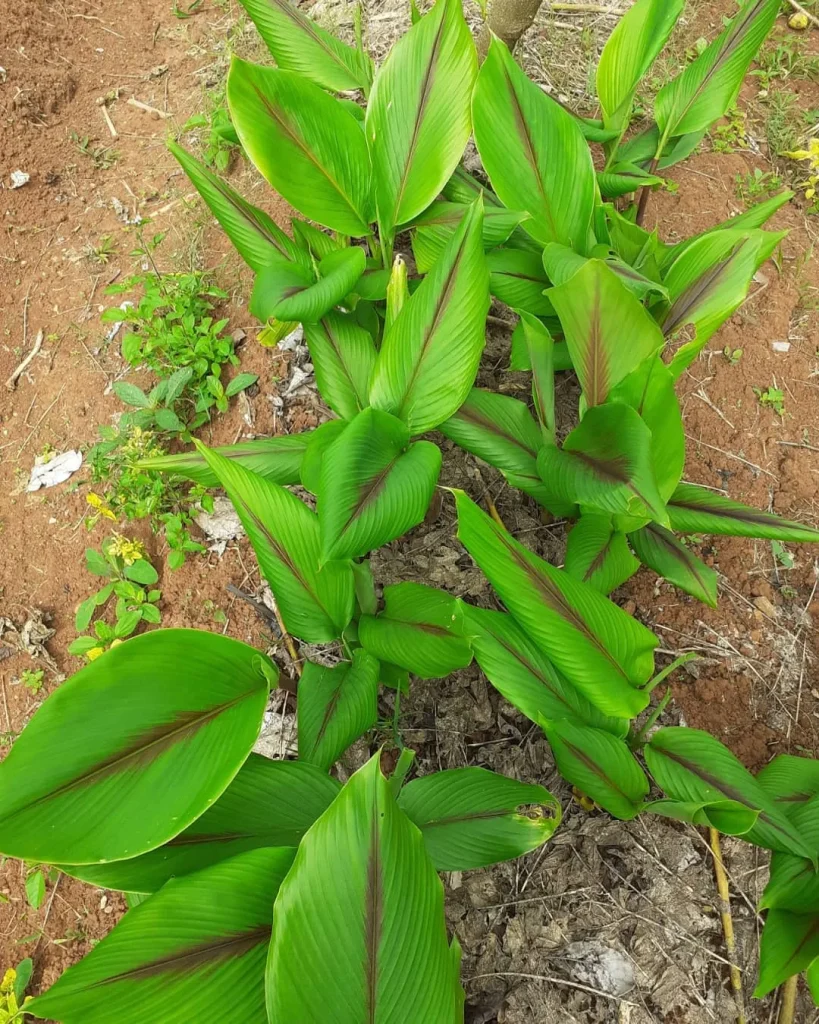
What Is Privet?
Privet is a versatile shrub widely used in landscaping for hedges and privacy screens. Scientifically known as Ligustrum, it belongs to the Oleaceae family. This hardy plant is popular for its dense foliage and fast growth, making it ideal for creating natural barriers.
Ligustrum species
- Ligustrum angustum B.M.Miao
- Ligustrum australianum F.Muell.
- Ligustrum compactum (Wall. ex G.Don) Hook.f. & Thomson ex Brandis
- Ligustrum confusum Decne.
- Ligustrum cumingianum Decne.
- Ligustrum delavayanum Har.
- Ligustrum expansum Rehder
- Ligustrum fengjieense Xian Y.Li & Si Y.Zeng
- Ligustrum foliosum Nakai
- Ligustrum glomeratum Blume
- Ligustrum gracile Rehder
- Ligustrum guangdongense R.J.Wang & H.Z.Wen
- Ligustrum henryi Hemsl.
- Ligustrum ibota Siebold
- Ligustrum japonicum Thunb.
- Ligustrum leucanthum (S.Moore) P.S.Green
- Ligustrum lianum P.S.Hsu
- Ligustrum lindleyi (Wall. ex G.Don) P.S.Green
- Ligustrum liukiuense Koidz.
- Ligustrum lucidum W.T.Aiton
- Ligustrum micranthum Zucc.
- Ligustrum minii Raizada
- Ligustrum morrisonense Kaneh. & Sasaki
- Ligustrum myrsinites Decne.
- Ligustrum nepalense Wall.
- Ligustrum novoguineense Lingelsh.
- Ligustrum obovatilimbum B.M.Miao
- Ligustrum obtusifolium Siebold & Zucc. Plant FAQs: Ligustrum Obtusifolium
- Ligustrum ovalifolium Hassk. Plant FAQs: Ligustrum Ovalifolium
- Ligustrum parvifolium Kiew
- Ligustrum pricei Hayata
- Ligustrum punctifolium M.C.Chang
- Ligustrum quihoui Carrière Plant FAQs: Ligustrum Quihoui
- Ligustrum retusum Merr.
- Ligustrum robustum (Roxb.) Blume
- Ligustrum salicinum Nakai
- Ligustrum sempervirens (Franch.) Lingelsh.
- Ligustrum sinense Lour.
- Ligustrum stenophyllum Quisumb. & Merr.
- Ligustrum strongylophyllum Hemsl.
- Ligustrum tamakii Hatus.
- Ligustrum tenuipes M.C.Chang
- Ligustrum tschonoskii Decne.
- Ligustrum undulatum Blume
- Ligustrum vulgare L. Plant FAQs: Ligustrum Vulgare
- Ligustrum xingrenense D.J.Liu
What Does Privet Mean in Russian?
In Russian, the word “Privet” (привет) means “hello.” While it shares the same spelling, the context is completely different. The Russian term is a common greeting, whereas in horticulture, Privet refers to a type of shrub.
Is Privet Invasive?
Yes, Privet can be invasive. It’s known for spreading rapidly and outcompeting native plants, particularly in the southeastern United States. Its vigorous growth and ability to form dense thickets make it a concern in some ecosystems, where it can disrupt local flora and fauna.
When to Prune Privet?
Pruning Privet is crucial for maintaining its shape and health. The best time to prune is during the late winter or early spring, before new growth starts. This timing helps to shape the hedge and encourages dense, healthy growth throughout the growing season.
How Fast Do Privets Grow?
Privets are known for their fast growth rate. Depending on the variety and growing conditions, Privets can grow 1 to 2 feet per year. This rapid growth makes them excellent for quickly establishing hedges and privacy screens.
How to Grow Privet Hedge Fast?
To grow a Privet hedge quickly, plant your Privet shrubs in well-drained soil with plenty of sunlight. Regular watering and annual fertilization will support robust growth. Pruning in the early spring will also help to encourage denser foliage and a more compact hedge.
Do Deer Eat Privet?
Deer are generally not very fond of Privet. While they might nibble on it if other food sources are scarce, Privet is not typically a preferred food for deer. This makes it a good choice for gardens where deer are a concern.
Is Privet an Evergreen?
Privet is generally semi-evergreen or deciduous, depending on the climate. In warmer regions, it often retains its leaves year-round, making it an evergreen in those areas. In colder climates, Privet may lose its leaves in winter.
When Does Privet Bloom?
Privet typically blooms in late spring to early summer. The small, fragrant flowers are white or cream-colored and appear in clusters. While the blooms are not particularly showy, they add a subtle, pleasant fragrance to the garden.
How to Care for Privet?
Caring for Privet involves regular watering, especially during dry spells, and occasional feeding with a balanced fertilizer. Pruning is essential to maintain the desired shape and promote dense growth. Ensure the plant is in well-drained soil and receive ample sunlight for the best results.
How to Propagate Privet?
Privet can be propagated through cuttings or seeds. For cuttings, take 4-6 inch sections from healthy stems in late summer. Dip them in rooting hormone and plant them in a mix of peat and sand. Keep the cuttings moist and in a warm location until roots develop. Growing from seeds is less common but involves sowing the seeds in a well-prepared seedbed and keeping them moist.
What to Plant With Privet?
Privet pairs well with other shrubs and plants that can complement its dense foliage and growth habits. Consider planting flowering shrubs like hydrangeas or ornamental grasses like fountain grass to add visual interest and diversity to your garden.
Is Privet Toxic?
Privet is mildly toxic if ingested. The berries and foliage can cause nausea and vomiting if consumed by pets or children. It’s best to keep this plant out of reach of curious animals and young children.
Benefits of Privet
Privet offers several benefits, including its fast growth, dense foliage, and ability to create effective privacy screens. It’s also relatively low-maintenance and adaptable to various soil conditions, making it a popular choice for many gardeners.
Common Problems with Privet
Privet can face issues such as powdery mildew, scale insects, and leaf spot diseases. Regular monitoring and proper care can help mitigate these problems. Ensuring good air circulation and avoiding overhead watering can reduce the risk of fungal diseases.
Privet vs Boxwood
Privet and Boxwood are often compared for their hedge-making qualities. Privet grows faster and is more tolerant of a variety of conditions, while Boxwood offers a more refined appearance and is better suited for formal hedges. Boxwood also tends to be more tolerant of shade.
Privet vs Ligustrum
Interestingly, Privet and Ligustrum are the same plant. “Ligustrum” is the genus name for Privet. Therefore, any comparison between Privet and Ligustrum is essentially comparing different aspects of the same plant.
Privet vs Laurel
Privet and Laurel are distinct in their growth and appearance. Laurel, such as the Cherry Laurel, has broader leaves and can grow larger than Privet. Laurel is also generally more shade-tolerant and slower-growing compared to the fast-growing Privet.
Privet vs Lilac
Privet and Lilac serve different purposes in the garden. Privet is used primarily for hedges and privacy screens due to its dense foliage and fast growth. Lilac, on the other hand, is valued for its fragrant blooms and is typically used as a specimen plant or in mixed borders.
In summary, Privet is a versatile shrub that offers both benefits and challenges. Understanding its characteristics, care needs, and how it compares to other plants can help you make the best decisions for your garden.
If i die, water my plants!



